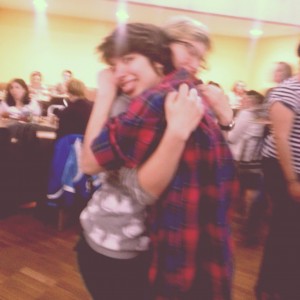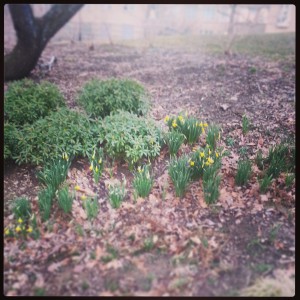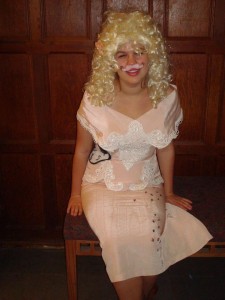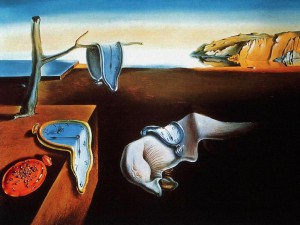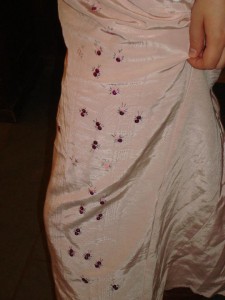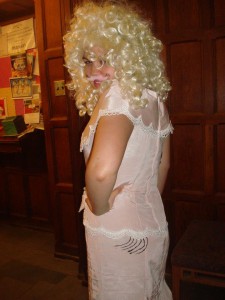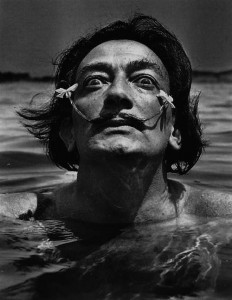Patti Smith, Because the Night
Today is an amazing reminder of how far women have come on our society and societies around the world and of how far we still have to go. In honor of International Women’s Day, I’m posting an interview I was part of with Patti Smith. Smith is an amazing role model of subversive art practices and working in male-dominated fields and her writing and music are inspiring and empowering. I feel so lucky to be part of a community that prioritizes women and gives me the opportunity to be exposed to amazing feminist role models like Smith.
Legendary rock star Patti Smith was awarded Bryn Mawr’s Katharine Hepburn Medal a few weeks ago on February 7th. As part of her visit to campus, Smith graced the student body with her onstage presence, singing, answering questions, and reading excerpts from her memoir, Just Kids. After her impressive, honest, and accessible concert, Smith paid myself (Ingrid Asplund), Maddy Court, *Bi-College News* reporter, Julie Mazziotta, and a student photographer, Prianna Pathak, the honor of sitting down with us to answer a few burning questions. We joined her in a dressing room in Goodhart around a fruit platter and she told us what was on her mind regarding New York, cheesesteaks, and leaving a legacy of good work.
MC: So, I read just kids this summer and I’m a big fan and parts of it read as an ode to New York City but a New York City that for my generation doesn’t really exist, New York isn’t really an accessible place now. What advice do you have for young people trying to build their own creative communities?
PS: One is just to go where you can afford. When I went to new york city I really wanted to be in Philadelphia, I didn’t really want to go to New York City, but I couldn’t afford to live in Philadelphia in 1967, there wasn’t any work, it was cheaper to live in New York City back then and I was able to get a job. Probably now I would go somewhere and start a new community…it doesn’t matter where you go…the whole city of Detroit, you could inhabit. I think part of it is finding affordable space so that you can be able to commit to your work, especially if your work requires space. You know in New York City, my band, we don’t have a practice space. We used to have a practice space in the 70’s, we don’t have one anymore because now all of the practice and rehearsal spaces are galleries and things, so if people want to study dance or do big paintings they need to find a space, you know, like abandoned factories… it doesn’t seem as glamorous but I didn’t go to New York City because I thought it was glamorous, I went there to find work. … I think the main thing is to remember what you want to do. If you’re focused on work it won’t matter in the end what you do: build a community of people who are all focused on work. If you’re looking to network or move up in the celebrity ladder or be a pop star or something, obviously you want to be where that action is. An artist can go anywhere or be anywhere. So you just have to find places that are artist-friendly and remember that it’s the people that make an area exciting. You know, CBGBs before all those bands started playing there and television and the Ramones and all the different bands that were the dead boys and all the people that were playing CBGBs, before it was that it was an empty country western bar that nobody went to. No one noticed it, it didn’t have any excitement or energy attached to it. It was the people that went there. They infused it with energy and made it special. So you can do that anywhere you want, it doesn’t matter where it is. It wasn’t because it was in the Bowery in New York City in that particular building, it was because of the people that found this place that nobody wanted and made it their own.
JM: What kinds of obstacles did you encounter when you broke into the art scene, do you think those obstacles still exist for people who are graduating from Bryn Mawr today?
PS: Well, I didn’t break into the art scene… I mean, I don’t know, to me, I wasn’t concerned with obstacles, breaking into any scene, you know, some scenes I broke in really easily, I don’t know why, I was just accepted, other ones I was marginalized from. For me, my main concern was my work. My obstacles were that I just didn’t have the tools I needed for my work or I wasn’t quite ready to do the work that I envisioned or I would be struggling with a poem or something… you know, breaking into the art world, it’s a social world, it’s not so important to break into the art world when you’re just developing your ideas and your work, unless you’re… you know, our present culture it’s a little different than my culture. My culture was really work-based. And now you have a whole different… because of the internet, you have pressure to do things… to make it, because of the evolution of celebrity status, I mean, when I was younger, the celebrities, were, like, movie stars, the ideas of people trying to be poet celebrities, that was considered kind of square. So you just have to know what you want. There’s nothing wrong with any of it. If you want to become a pop star, that’s hard work, you go the pop star route. If you wanna be a poet you might have a rough go because that’s a tough gig, being a poet, but the main obstacles are the ones of your own process, those are the obstacles to really be concerned about, the rest is just climbing a ladder.
MC: There have been documentaries made about you, this is a lifetime achievement award, but in your own words what do you want your legacy to be as an artist and a person?
PS: To put it simply, just that I did good work. In the end, that’s what’s going to endure. Peoples’ stories are interesting, their pictures are interesting, I love seeing pictures of Arthur Rumbo, I love looking at pictures of Jim Morrison or Jimi Hendrix, but really in the end, why I love them isn’t just their face, it’s that because they did great work, and that’s the most important thing and I would like people to say, “She did good work” and I would be happy.
JM: You talked a lot about Philadelphia and your connection to the city. Could you talk about your connection to Philly?
PS: Well I was born in Chicago but we moved to Philadelphia when I was three or four and I remember, I lived there ‘til I was about ten, eleven, and we moved to South Jersey We lived in sort of these tenements in German Town, they don’t exist anymore, they demolished them. So we lived in this apartment and there was a big field that we all played in. I loved Philadelphia. I loved its history, I was proud to be from the Philadelphia area, because the *Declaration of Independence* was signed here, because Thomas Paine wrote *Common Sense* here, you know I always felt very proud to be in this city of Brotherly Love, a progressive city, a place of revolution, and it’s just a great city, it has one of the greatest art museums in the world, the Philadelphia Museum of Art is one of the most wonderful museums housing, you know, the most important masterpiece of Marcel Duchamp, and so much other great work. It’s just the architecture and the history. I’ve always loved Philadelphia and I saw my first art movies here, I saw my first Fellini movie here, my first Bergman movie, and my first art, my first Picasso in the Philadelphia Museum of Art, I saw jazz on Broadway, off Broadway, Peps and the Showboat, I saw John Coltrane, Nina Simone, I mean, it’s the greatest, most exciting city, I’ve always loved Philly. … and, of course, the cheesesteaks are really good here. I always laugh when, like, in New York, they try to make cheesesteaks and I’m like, sorry, you’re a great city, but you don’t know how to make a cheesesteak.


